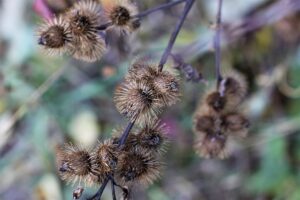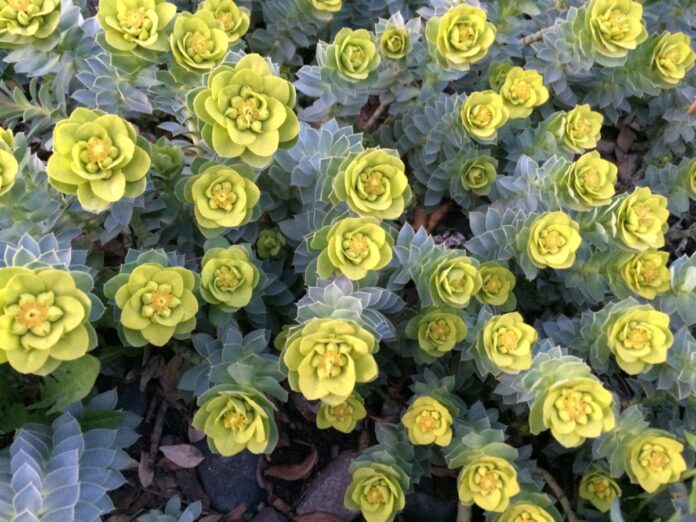You may be harboring an invasive plant in your backyard and not even know it.
May is Invasive Species Action Month and the Invasive Species Council of BC urges you to take a closer look at what’s in your yard.
Executive Director for the Council, Gail Wallin, said these plants are the second greatest threat to biodiversity after habitat loss and the impact they have on our region is vast.
“From an environmental side they’ll actually displace a native ecosystem out there and cause those populations to decrease or sometimes even be totally be removed from that area. They also cause a major economic cost because now we’ll spend thousand of dollars or more going and trying to control or eradicate them. It’s way better to prevent the introduction and spread than it is to try to contain them afterwards.”
To help you identify whether or not you have any invasive species growing on your property, Wallin noted that there is a free app available called I naturalist where you can join the i spy identify project.
“When you do, go out and take a lot of images of what is in your backyard or on the trails that you are walking. It will add up data information about where the distribution of plants and also give you some information what the species is that you’re looking at.”

Wallin had these tips for removing invasive species.
“You want to remove their seed head before they distribute the seed. Many of our invasive plants also reproduce by roots or tubers so you actually have to remove that. If you’re looking at some species which are not as common throughout the Cariboo like Giant Hogweed or Myrtle Spurge, you have to be very careful on how you remove those because they do have some health risk. Most of the invasive species throughout the Cariboo we don’t have to worry about that, you just to worry about how to remove them.”
When removing any invasive species Wallin said do not compost them, take the bag to a landfill area where there is a special stream for them to be dealt with it.
For Gardeners, Wallin had this advice.
“Before you buy a plant go on our website bcinvasive.ca, take a look at the plant wise program and you’ll find a list of the most invasive plants of concern and then take a look at what some of the safe alternatives. Get familiar with that and when you go in to buy a plant ask the question is this invasive.”
Something going on in the Cariboo you think people should know about?
Send us a news tip by emailing [email protected].








